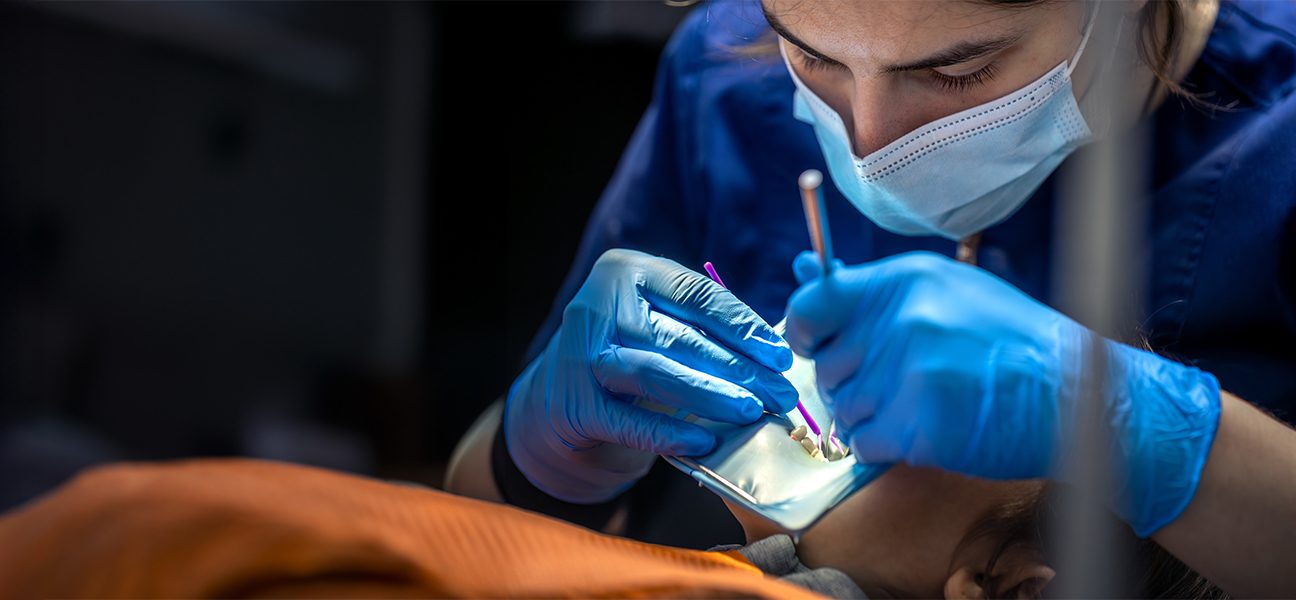Tooth Extraction Step-by-Step: What to Expect During the Procedure
Tooth Extraction Step-by-Step: What to Expect During the Procedure
Getting a tooth pulled isn’t something most people look forward to, but knowing what to expect can ease your nerves. Whether you’re experiencing pain from a damaged tooth or planning for future dental work, understanding the process helps you feel more in control. If you’re searching for a dentist in 82716, this guide breaks down every stage of the extraction procedure so you’re fully prepared.
At Mountain West Dental, the goal is always to keep you comfortable, informed, and confident before, during, and after treatment. Here’s a closer look at what really happens when a tooth has to come out—and how to heal quickly afterward.
1. Initial Evaluation and Consultation
Before anything is removed, your dentist will take a close look at the tooth and surrounding area to decide if an extraction is necessary. This step often includes X-rays and a physical exam.
Your dentist will check for:
- Extensive decay or infection
- Impacted teeth (like wisdom teeth)
- Severe gum disease
- Fractures that can’t be repaired
- Crowding before braces
During your consultation, you’ll have a chance to ask questions, express any concerns, and learn about pain relief options. If you’re meeting with a dentist in Gillette WY, they’ll also go over your medical history and current medications to avoid any complications.
2. Preparing for the Extraction
On the day of the procedure, you’ll be guided through the preparation process. It’s pretty straightforward, and most extractions take place in the dental office, not a hospital.
What to expect before the extraction:
- You’ll get local anesthesia to numb the area
- Sedation may be offered for complex cases or high anxiety
- The dentist will make sure you feel completely numb before starting
- Your vitals may be monitored throughout the procedure
If you’re undergoing sedation, you’ll need someone to drive you home. For a simple extraction, though, most people walk out under their own power feeling fine.
3. The Extraction Procedure
Once you’re fully numb, the dentist will begin removing the tooth. There are two main types of extractions:
- Simple extraction: For visible teeth with a single root. The dentist loosens the tooth using a tool called an elevator, then removes it with forceps.
- Surgical extraction: For teeth that are highly impacted, broken at the gum line, or have multiple roots. This may require a small incision in the gum and sectioning of the tooth into smaller pieces.
Here’s what you’ll feel (and won’t feel):
- Pressure, not pain – You may feel some pushing or tugging, but no sharp pain.
- Sounds and sensations – Hearing cracking or popping is normal. It’s just the tooth releasing from the bone.
The entire procedure usually takes 20 to 40 minutes, depending on how many teeth are being pulled and the complexity of the case.
4. After the Tooth is Removed
Immediately after the tooth is out, your dentist will focus on stopping the bleeding and protecting the site.
Post-removal steps include:
- Placing gauze over the socket and asking you to bite down
- Providing instructions on how to care for the area
- Reviewing what to expect over the next 24–48 hours
- Offering options like ice packs or mild medication
In some cases, dissolvable stitches may be used to close the gum tissue. You’ll also receive a prescription or advice on what over-the-counter medications to use for any soreness.
5. Recovery and Aftercare Tips
Healing after a tooth extraction takes about 7 to 10 days. The first 24 hours are the most important for blood clot formation—a key part of avoiding complications like dry socket.
To recover smoothly:
- Bite gently on gauze for 30–60 minutes after the procedure
- Avoid rinsing or spitting forcefully for the very first 24 hours
- Use ice packs on your cheek in 15-minute intervals
- Stick to soft food items like yogurt, applesauce, and mashed potatoes
- Sleep with your head elevated to help lessen swelling
- Don’t smoke or use straws—they can dislodge the clot
Foods to skip for the first few days:
- Nuts, chips, or anything crunchy
- Spicy foods that may irritate the area
- Carbonated or hot beverages
Your dentist will schedule a follow-up if needed and provide contact info in case anything feels off during recovery.
Common Questions People Ask Before Extraction
With anesthesia, you won’t feel pain—just some pressure.
Most people return to work or school the next day, though you may want to rest if you had multiple teeth removed.
Soft foods for the first couple of days. Slowly reintroduce solid foods as your comfort allows.
Yes, but avoid the extraction site for at least 24 hours. Be gentle!
Final Words
If the thought of having a tooth pulled makes you uneasy, you’re not alone. But now that you know exactly what to expect, it doesn’t have to be scary. The key to a smooth experience is being prepared, asking questions, and trusting your dental team.
Whether it’s a routine case or something more complex, a skilled dentist in 82716 will walk you through every step with care. Tooth extractions don’t just stop pain—they open the door to better oral health in the long run.
When you’re ready to take that next step, Mountain West Dental is here to make the process as easy and comfortable as possible. Because every smile starts with a solid foundation—and sometimes, that means knowing when to let a tooth go.
